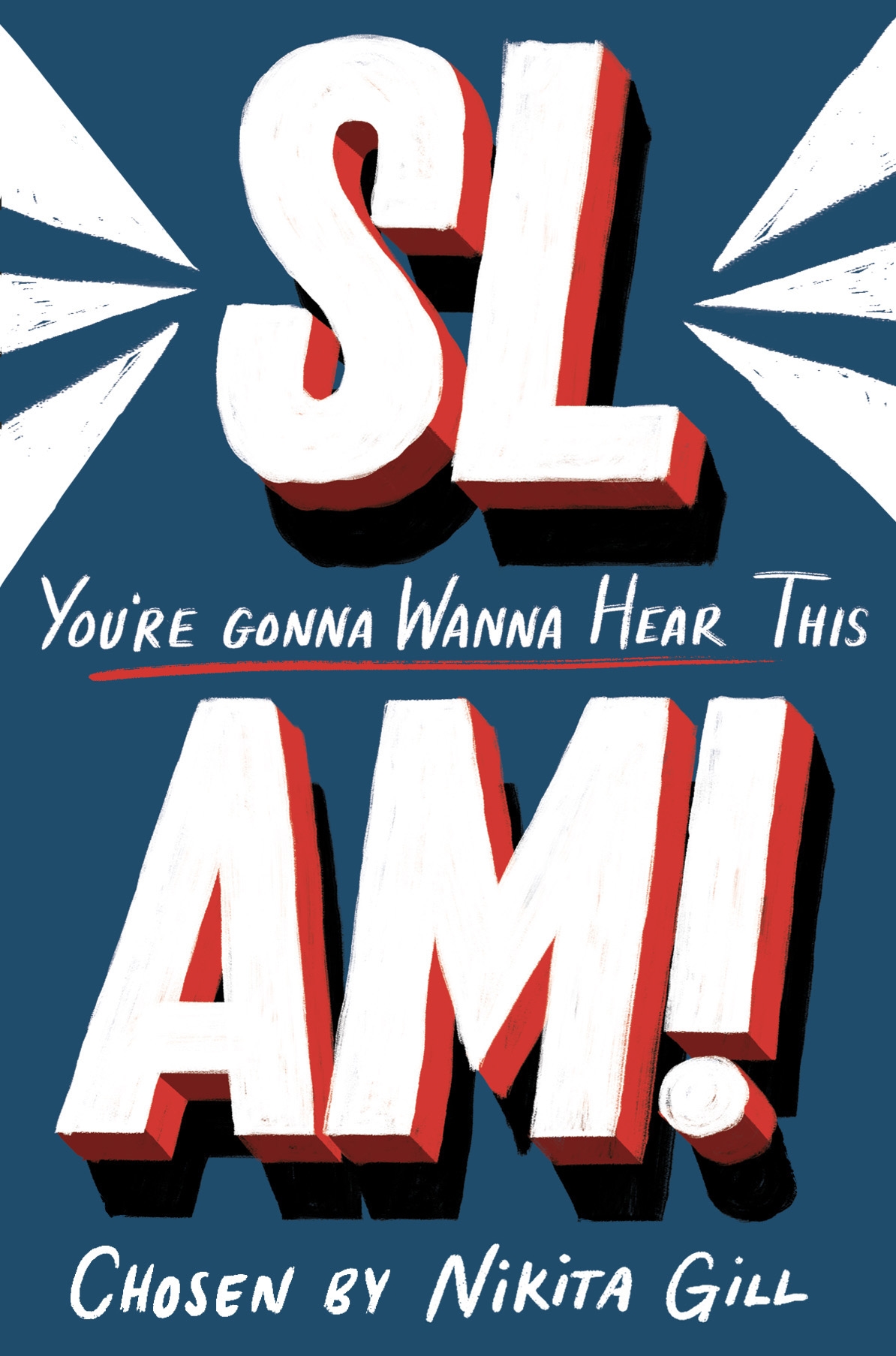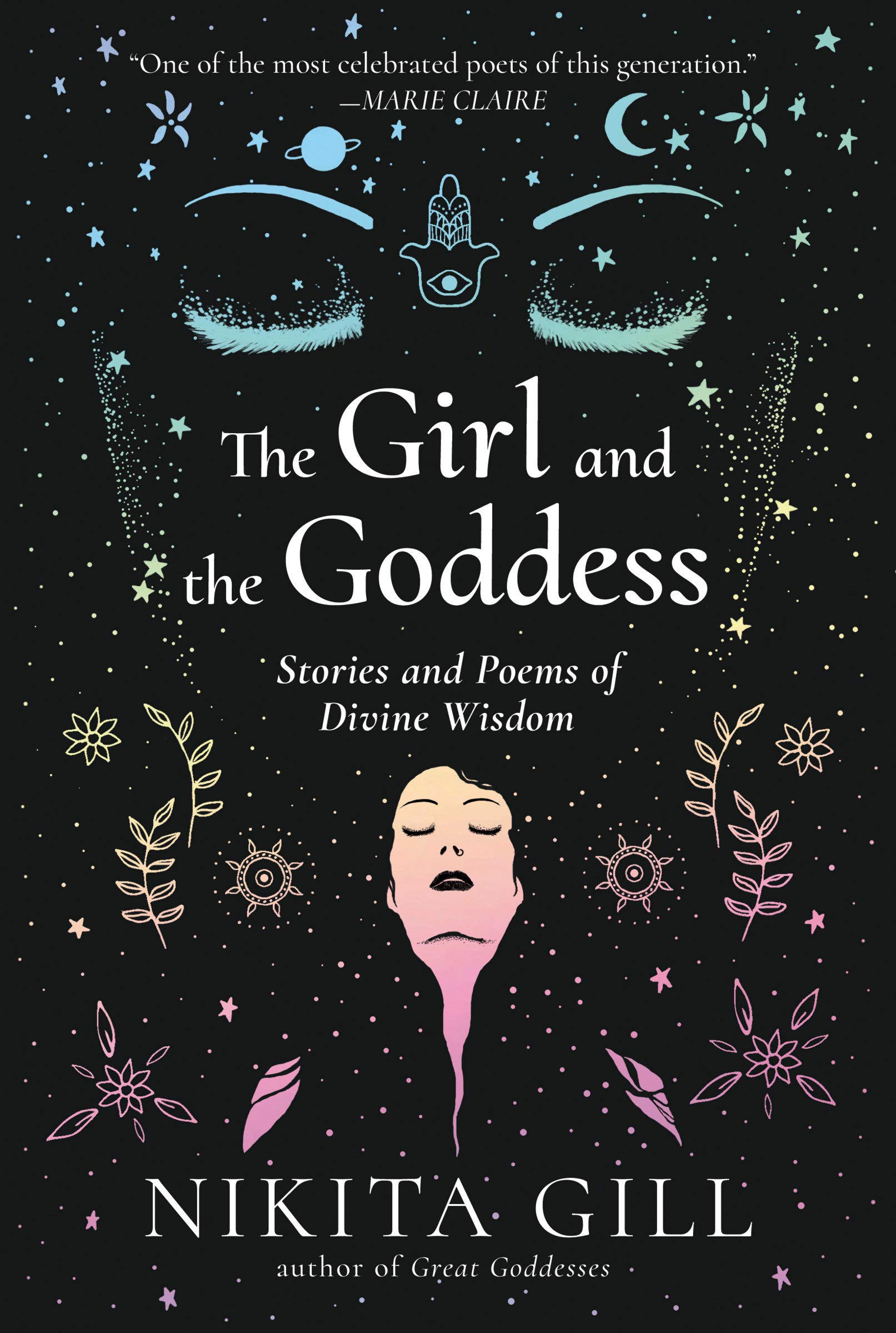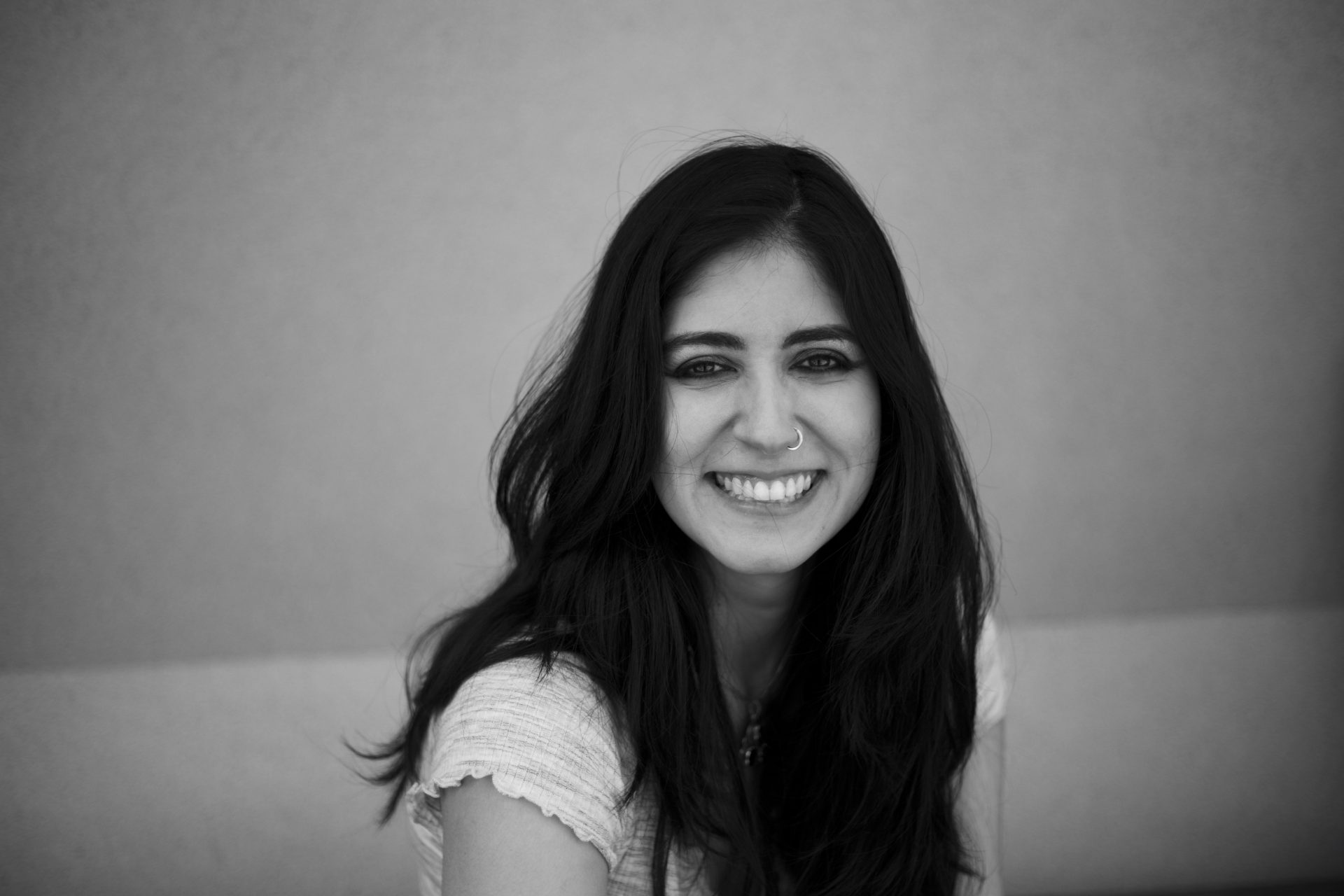Nikita Gill is a British-Indian poet, playwright, writer and illustrator. We spent some time together to discuss her writing career so far, her first novel, The Girl and The Goddess and SLAM! an anthology of poems by young writers.
The first time we spoke, you said something that resonated with me. You talked about your desire to encourage writers to carve their own path. Tell me about your path.
I cannot breathe without writing every day. As soon as I learnt how to write, I wrote constantly. I filled notebooks with words. I knew from the age of eleven that I wanted to be a writer. My parents didn’t think writing was a good idea. They wanted me to ‘do something sensible’. And I understand why. You want your children to be financially stable, especially when you’ve seen the other side of that. They don’t have to constantly worry about you. It’s less pain for them to carry. My parents were like that but I fought them on it.
I did a masters in Publishing because I knew my parents would see that as a ‘sensible job’. I came [to England] and then told them I wanted to stay and become a writer. I worked as a cleaner. I was really bad at that! I was cleaning the same university I did my masters at. It was such a humbling experience. I think being humbled is a very big part of my journey. That job taught me how to honour myself.
I was very timid and introverted when I first started pursuing my writing. I sent out so much work and kept getting rejections, especially because my work speaks to a completely different audience, not the white establishment. I started working as a carer at a school for young people with disabilities. Again that was so humbling. They were so driven to live their best lives even though their bodies were not cooperating with them. It taught me so much. They were the ones who encouraged me. ‘So what if you don’t get your work published in a magazine that’s read by twenty people,’ they would say. ‘Why don’t you put your work online?’ They introduced me to Tumblr.
Months later, I woke up and one of my pieces had gone viral. That’s the beauty of social media. It was a really short poem. I woke up and wondered what had happened. I had been using Tumblr for about six months and it was going okay. I would get a couple of notes on my post and maybe someone would leave a nice comment. That was huge for me. It meant someone was actually reading my work. Then one morning I woke up to a hundred thousand notes! I thought it would only happen once but then it kept happening. That’s when I joined Instagram.
I think a lot about representation in this industry. Before this year, many didn’t really understand what the issue was with representation. They must have thought we were making it up or ‘being hysterical’ as someone once called me at an event when I said that diversity in publishing was a very big problem. Many of them don’t understand what it’s like to not see themselves in a book. For so many of us, we don’t understand what it means to see ourselves in books until it happens. We have so much work to do in publishing but it is good work, or ‘good trouble’ as John Lewis said. We must speak our truth and stand for something.
When did you first see yourself in a book?
My mum gave me a book by Chitra Banerjee Divakaruni, Palace of Illusions. It told the story of Draupadi. There is a beautiful Indian epic called Mahabharata. There are women in the Mahabharata but you never hear their stories, of course you hear about the men and warriors though. This was the first time I read Draupadi’s tale. This is a teenage girl, a fictional, mythological character, but she sounds like me! She has eyes like mine. She has long, black, thick hair like me. Chitra’s description of South Asian hair was such an experience for me at the time!
Why did you write SLAM!?

I’m constantly looking at writers who are behind me which is also why I wrote SLAM!. I had a brilliant team of Brown women, and that’s why it has become so successful. Black and Brown poets have created this book. They have made performance poetry what it is and the reason this form is now seen as an art is because of the pushing these poets have done against the establishment. Those spaces are so diverse. The audiobook for SLAM! is amazing. It’s designed like an actual poetry slam. I’m the MC and I introduce every poet. They step to the mic, give an intro and get into their poems. We have so many great poets in there! A lot of them hadn’t been published before and the youngest is only seventeen.
Tell me more about The Girl and the Goddess.
The Girl and The Goddess is the first time I’ve really written about my culture, where I come from and being Kashmiri. It’s about a girl called Paro. Kashmir is a very interesting place and it was badly effected by partition. This book is about being a young Hindu, facing those religious tensions and standing against it. It’s my way of telling young kids not to buy into those lines others create for us.
It’s set in three different places, starting in Kashmir, where Paro grows up. Then it moves to Delhi and then London. Each move looks at three stages of her life and at each stage she is visited by Gods and Goddesses from the Mahabharata. They tell her stories. You find out towards the end why they are visiting her.

Female friendship is such an important part of the book and her mother is such an important figure. The whole book traces this girl’s life through misogyny, violence and war. It follows her as she walks out of trauma. A lot of books can be trauma porn, one bad thing after another, and you’re left feeling horrible. Everything bad thing that happens in this book has the character walking away from it feeling stronger and healing. Bad things happen, because bad things happen to all of us, but it teaches her so much and I’m hoping it teaches young girls as they read this too. I learnt so much from writing it.
It’s my best work by far. I usually write retellings but this is fully original. Every one who has read it has commented on the growth of my work. That’s the best compliment! It’s so different from anything I’ve done before and I don’t think my team quite know what to do with it.
How has this growth happened? What has changed?
My books are for the long stories, for grandeur and for taking space to explore the ideas I have. It’s so important to create for the platform. You need to know what works for the platform you are putting your work onto. My books are so different from Instagram. Insta is a place for short poems and excerpts. Books are about space for me.
I’ve also been reading the work of more Brown and Black writers. I’ve honed my voice because of that. They teach me so much. I’m understanding my craft better and I’m consumed by it. Creating, writing and birthing stories consumes me.
You spoke about following your path earlier. How would you encourage new writers to do the same?
I thoroughly encourage writers to forge their own path. I had to carve out one for myself too. I fought my parents, came here, studied a degree that I never pursued nor did I have the intention to. I kept at it until one day, six or seven years down the line, something I wrote appealed to someone. I had been writing for two decades but my first book was published three years ago. Until then I wrote into the void, not knowing if I would ever become a published writer.
I was twenty-nine when I published my first book. That is still considerably young. But Toni Morrison was forty! The older you are when you publish a book, the more refined your book is because your experiences have changed. You have had the time to turn the warnings into wisdom.
What other words of wisdom can you share with us?
Yes, the cards are stacked against you. That is something we have to acknowledge as writers of colour. But there are people in this industry who are working hard to make sure that your voice is heard. The thing that makes you most vulnerable is the thing that people want to hear the most. Make sure that you are brave with your work! Don’t give up!
You can find Nikita on: Instagram, Twitter, Tumblr, Facebook




